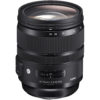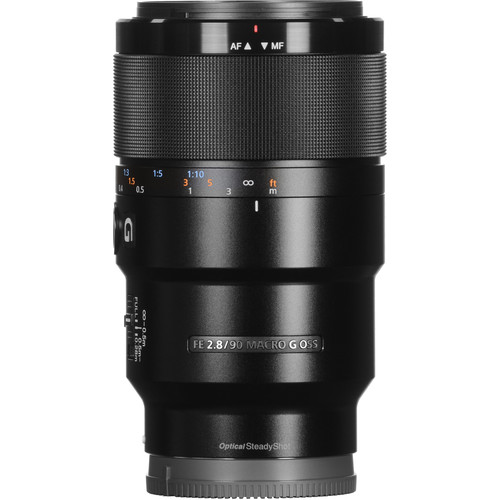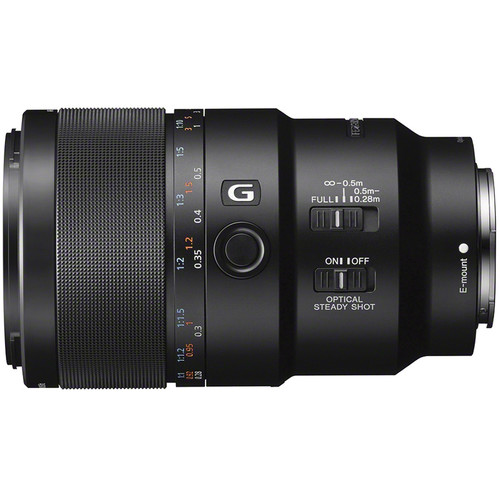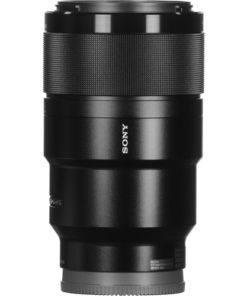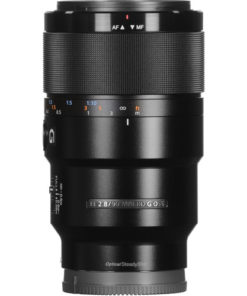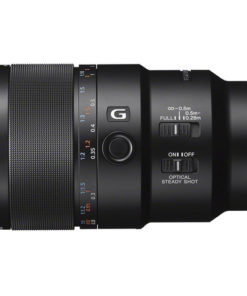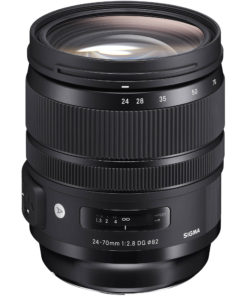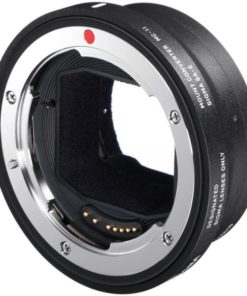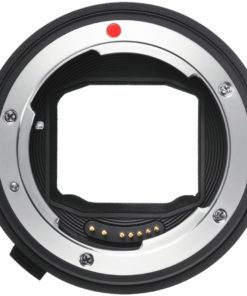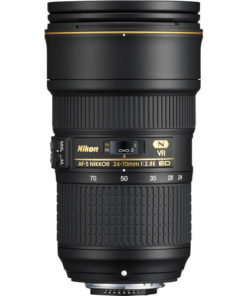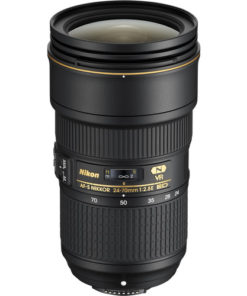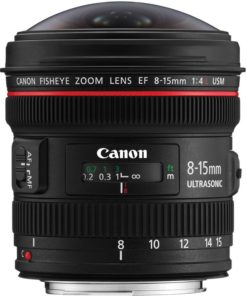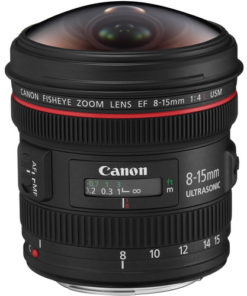About the Sony FE 90mm f/2.8 Macro G OSS
The full-frame Sony FE 90mm f/2.8 Macro lens features built in image stabilization for sharp, clear images at up to 1:1 magnification, even when shooting handheld. Advanced optics and coatings with a 9-blade circular aperture deliver exceptionally smooth bokeh that G Lenses are renowned for. Sharp in-focus rendering is achieved with a floating focus mechanism that suppresses aberration equally at all focusing distances, whether the subject is far away or extremely close. Other advanced technologies, such as the Nano AR Coating and Super ED (extra-low dispersion) glass, elevate overall performance to an extremely high standard.
Nano AR Coating
Effectively suppress reflections that can cause flare and ghosting with Sony’s original Nano AR Coating technology. This precisely defined regular nano-structure allows accurate light transmission, contributing to high-quality images, even more so than lenses with coatings that use an irregular nano-structure. The reflection suppression characteristic of the Nano AR Coating is superior to conventional anti-reflective coatings, providing a notable improvement in clarity, contrast, and overall image quality to the Sony FE 90mm f/2.8 Macro.
Circular Aperture
When changing your aperture of the Sony FE 90mm f/2.8 Macro to defocus the background, the light sources appear blurred. This ‘bokeh’ effect of the blurred background can be enhanced with circular aperture blades used in this lens. Conventional aperture blades have flat sides creating unappealing polygonal shaped defocussed points of light. α lenses overcome this problem through a unique design that keeps the aperture almost perfectly circular from its wide-open setting to when it is closed by 2 stops. Smoother, more natural defocusing can be obtained as a result.
Aspherical lens elements
Aspherical lens design dramatically reduces spherical aberration while also reducing lens size and weight of the Sony FE 90mm f/2.8 Macro. Spherical aberration is a slight misalignment of the light rays projected on the image plane. This is caused by differences in refraction at different points on conventional spherical lenses which degrade image quality in large-aperture lenses. Specially shaped “aspherical” elements near the diaphragm restore alignment of light rays at the image plane, maintaining high sharpness and contrast even at maximum aperture and can also be used at other points in the optical path to reduce distortion. Well-designed aspherical elements can reduce the total number of elements required in the lens, thus reducing overall size and weight.
Internal focusing
Only the middle groups of the optical system move to achieve focus, so the overall length of the Sony FE 90mm f/2.8 Macro does not change. Other important benefits include fast autofocusing and a short minimum focusing distance. Also, the filter thread at the front of the lens does not rotate, which is convenient if you’re using a polarizing filter.
Focus hold button
Once you’ve adjusted focus to where you want it, pressing this button on the lens barrel will keep the lens locked to that focusing distance. The preview function can also be assigned to this button through the camera’s custom settings such as the Sony A7 III, Sony A7R IV, or even the Sony A7 IV.
Focus range limiter
This function allows you to set a limit on the focusing range which can save you time during AF operation as the lens will not ‘hunt’ through the entire focusing range. In macro lenses, this limit can be on either the near or far range (as pictured).
Sliding Focus Ring
The focus ring slides back and forth to select manual or auto focus which together with a focus hold button, inner focus, and a focus range limiter provide optimum control for macro photography making it easier to shoot insects and other subjects that cannot be approached too closely. Minimal focus breathing and quiet operation are also advantageous for shooting movies.


